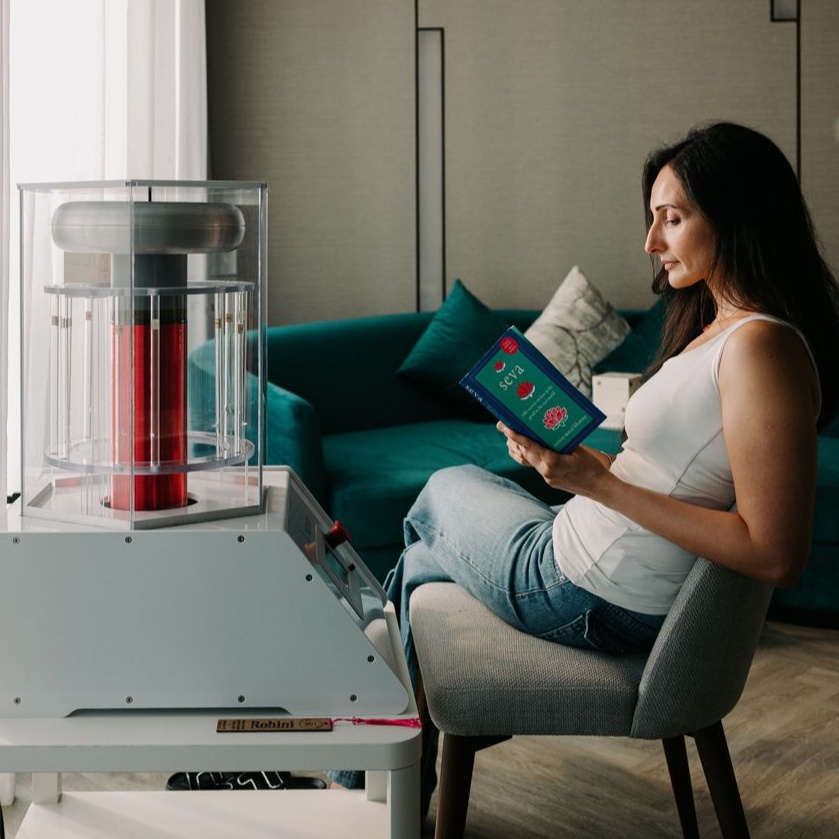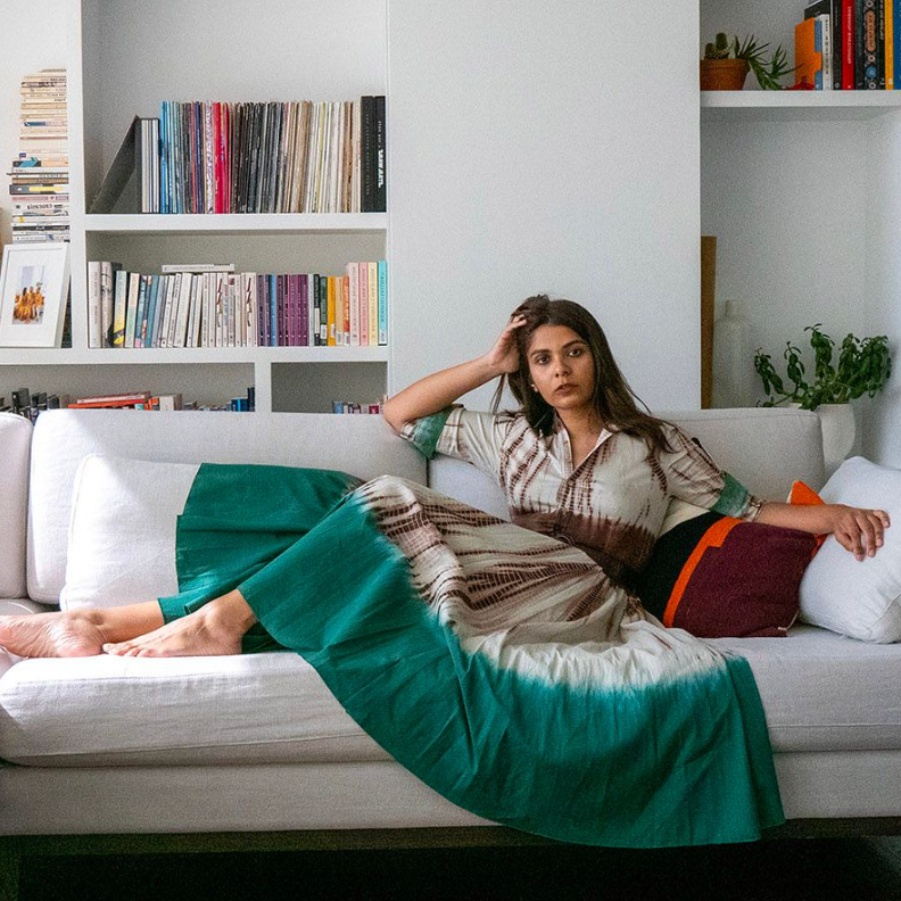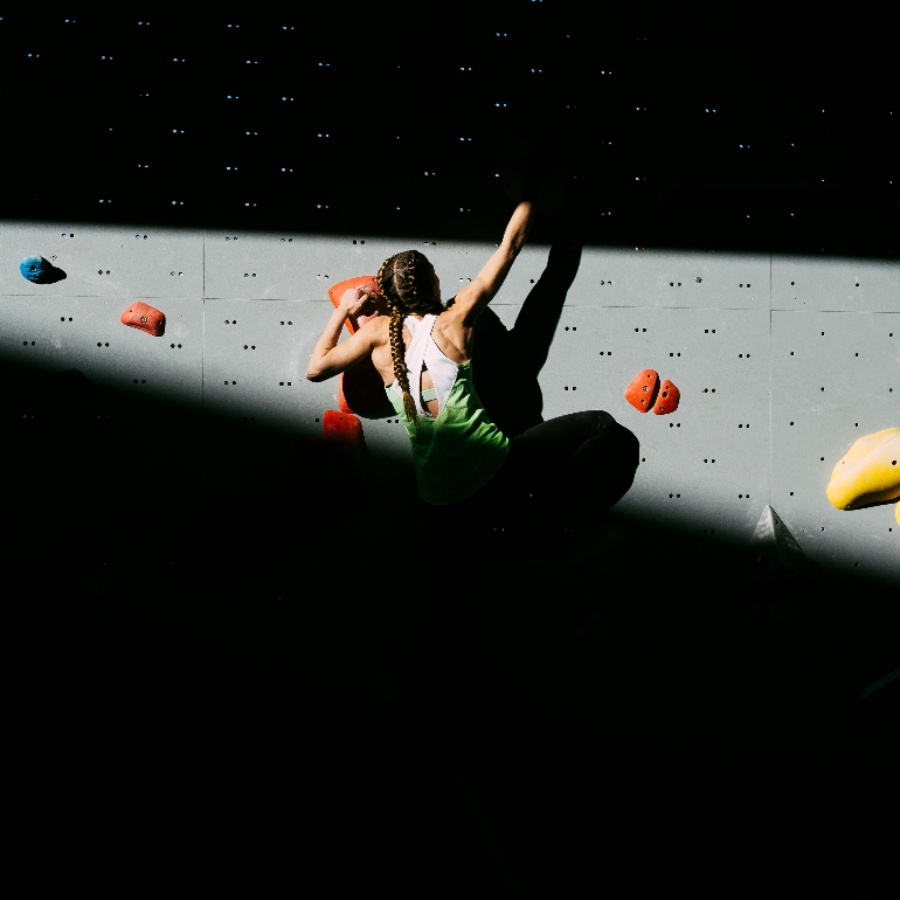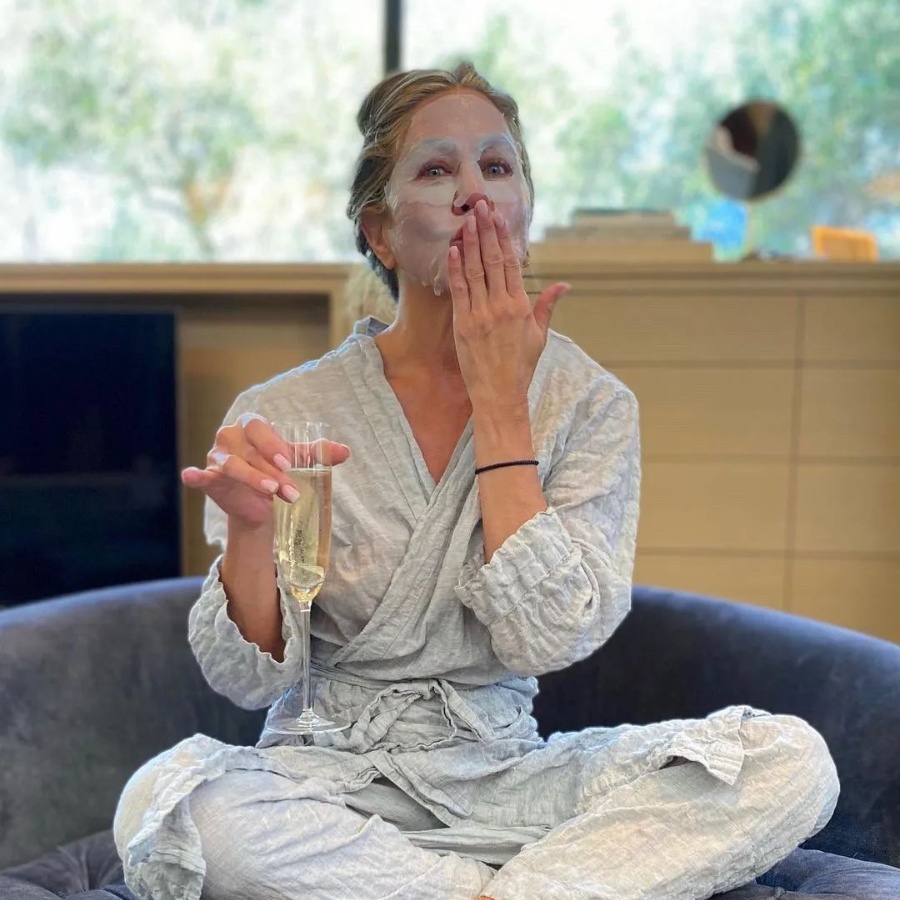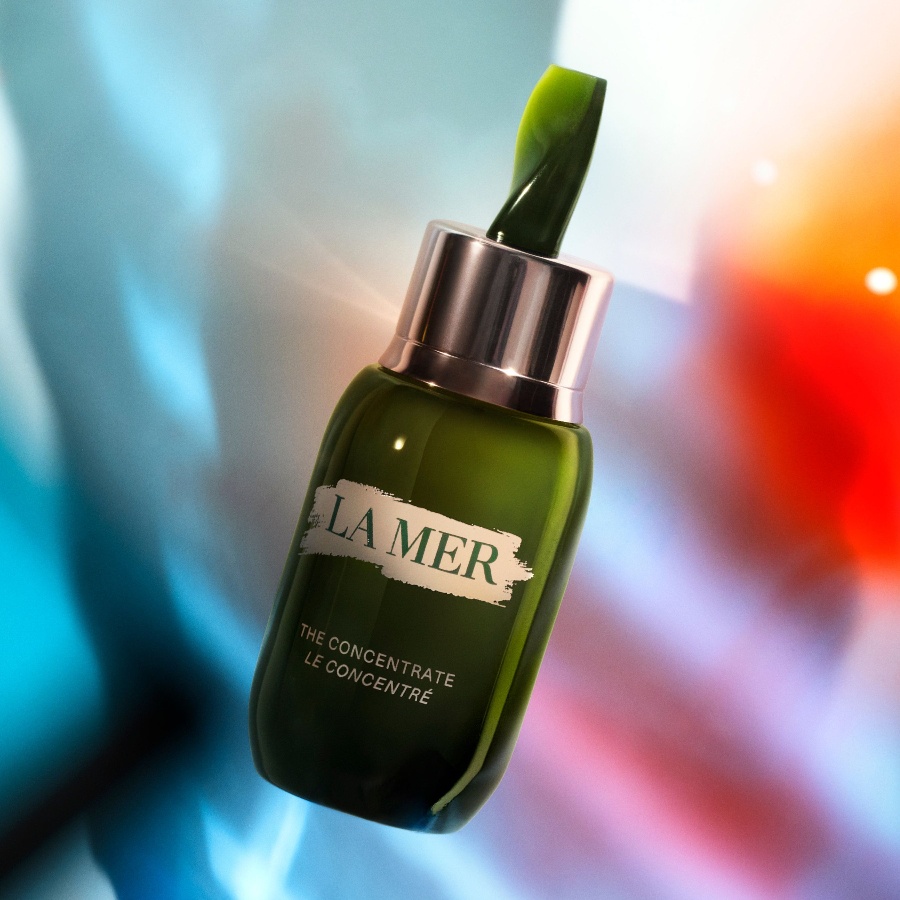People-watching is like a never-ending drama; it tells you so much. It’s also the kind of thing we often did when cell phones hadn’t taken over our lives. A few weeks ago, I was at a popular café in Mumbai, my trusty undercover cap perched low, observing the buzz around me. A table of fitness enthusiasts discussed pickleball matches, yoga veterans who had just returned from the Andamans were debating ice baths, and a group of mindful millennials was extolling the benefits of sound bath meditations. Like close friends sharing secrets, they exchanged data off their Oura rings that track heartbeats and sleep cycles, while sipping on acai smoothies and almond milk lattes.
It’s evident where urban Indians are investing and spending their money. Health, it seems, is their gratuity plan. But what does it mean to be healthy in 2024, and how much does this wellness revolution truly cost?
Roll back a decade, and health was an add-on to the good life—a happy bonus if you had it, but not something you were expected to spend good money on. Men pumped iron at the gym, women went for yoga, and families caught up during power walks at the park. Most geriatric millennials are still reeling from the nightmare of eating cabbage soup and slogging through the GM and Atkins diets (thanks, Friends-era Jennifer Aniston!).
But as technology evolved, so did our approach to, and definition of, health. Suddenly, we were clicking our way into new workout regimens like CrossFit and throwing acronyms like HIIT into daily conversation as though they were household names. Dairy and gluten were the food monsters of the 21st century, Keto was all the rage, and avocado toast and bulletproof coffee, our breakfast staples.
Globally considered the poorest generation to live, millennials may not be as wealthy as Gen Z, or achieve the milestones of purchasing a home and having children like Gen X, but they are a generation that is trying to find a footing in an inflation-adjusted world and still get out of it fitter than its predecessors, a recent McKinsey study confirms. Determined to lead healthier lives than their parents, these 25-40 year olds are putting their savings into creating a US$1.8 trillion global wellness empire in which appearance and health are top priority.
Do the math yourself: An annual gym membership that cost ₹50,000 five years ago is at least ₹90,000 today, but the surge in pricing only matches the skyrocketing demand for fitness facilities. Additionally, India’s health-food market is growing at the world’s fastest rate and is expected to hit US$30 billion in 2026. The popularity of traditional Indian superfoods like turmeric, ghee, and millets, the last of which also has its own Union government campaign, is also on the rise.
With health increasingly becoming a focal point of our lives, it was only a matter of time before it merged with other aspects of pop culture, such as fashion. You may remember athleisure enjoying its moment in the sun, replacing Louis Vuittons with Lululemons (and while it continues to do so in our near future), we are now in the era of wearable fashion technology. On our wrists are tell-all Apple smartwatches and Fitbits armbands; on our fingers are Oura rings that give you a sleep score every morning, and strung around our necks are headphones that wouldn’t move an inch even with the most rigorous workouts. Globally valued at more than US$40 billion, fitness wearables are set to become as common as smartphones. As Rohan Das, a 32-year-old fitness enthusiast from Mumbai, says, “It’s never been easier to stay informed about our health.”
And while food, fitness, and now fit fashion remain top spends today, playing supporting roles are our other fixations—the books we read, the podcasts we hear, and even the travel we undertake. Social media brought us the generation-defining headline, ‘Stress: The Silent Killer’, and in response, meditation and mindfulness practices introduced us to the idea of mental health that soon became mainstream with apps like Headspace and Calm. Of late, books like The Subtle Art of Not Giving a F*ck by Mark Manson, Lifespan: Why We Age and Why We Don’t Have To by David Sinclair, and Atomic Habits by James Clear have practically flown off the shelves, becoming our cultural guides to achieve a fresh mindset—one that values health, relationships, and personal growth over old-school success metrics. Just last year, Nathan Hill’s book titled Wellness became an instant bestseller.
This shift in thinking is also reflected in what we do. Therapy, once a hushed word in India, is now becoming more normalised, and there are increasing number of podcasts dedicated to health and wellness. Reddit hosts thousands of threads about mindfulness, sustainable living, and self-improvement, drawing millions of comments and upvotes. On Instagram, you’re likely to encounter an explosion of spiritual influencers promoting everything from shamanic traditions in the hills of Uttarakhand to drum circles in Goa. Kundalini yoga, crystal healing, and sound baths are now inbuilt into the programming of elite health centres. Spiritual breathwork sessions, moon rituals, and plant medicine ceremonies, that once evoked mass scepticism and cringe, are now inviting curiosity.
Dr Maya Shah, a Mumbai-based wellness expert has seen health and wellness practices in India going alternative, with many embracing Ayurveda and others dipping their feet into CBD-infused skincare. “There’s a noticeable shift towards plant-based solutions for holistic health benefits, marking a departure from conventional treatments,” adding that projections on the CBD market in India suggest that it could reach US$370 million dollars within the next few years.
And in this Eat-Pray-Love world, our travels, too, come with a new flex—if you haven’t already tried it, you need to sign up for a get-fit vacation. “Quest Academy in South India is consistently booked for its kitesurfing and water sports packages,” notes Ravi Menon, who runs a boutique concierge firm called A Different India, which works with several hotels across the country. With wellness tourism thriving in India, destinations like Rishikesh, Mahabalipuram, and Varkala are emerging as hubs for yoga bootcamps, surfing retreats, and water-centric wellness packages.
Even hospitality experts cannot ignore this trend. “We’ve seen a notable increase in requests for personalised wellness experiences,” observes Priya Singh, manager of a luxury resort in Goa. “Guests are not only booking yoga sessions in advance, but also sending detailed nutritional requests prior to their arrival. There’s a genuine interest in understanding the activities available at the hotel, from guided meditation to the use of gym facilities.” At Singh’s resort, a new pickleball court is proving to be the latest attraction.
Among friends, the most exciting travel itineraries are those that break not just the guidebooks routes but even cultural taboos—all in the name of health. “I recently attended a 10-day psychedelic retreat close to Santorini that cost ₹2.5 lakhs, and it was worth every penny,” shares Sanah Seth, a Mumbai-based jewellery designer.
Perhaps, for this generation, it is wellness that’s a new marker of adulthood.


